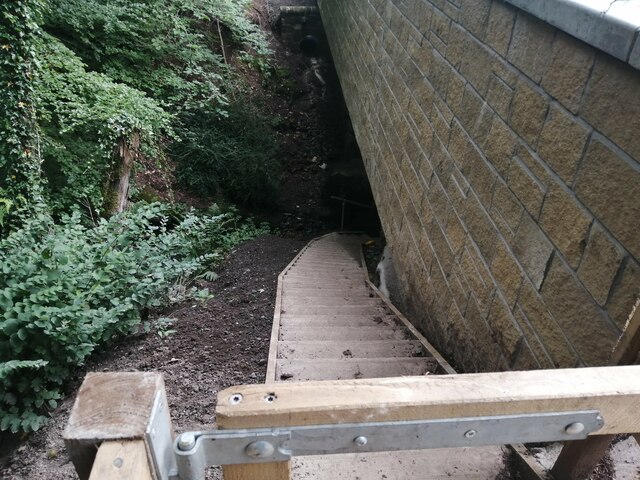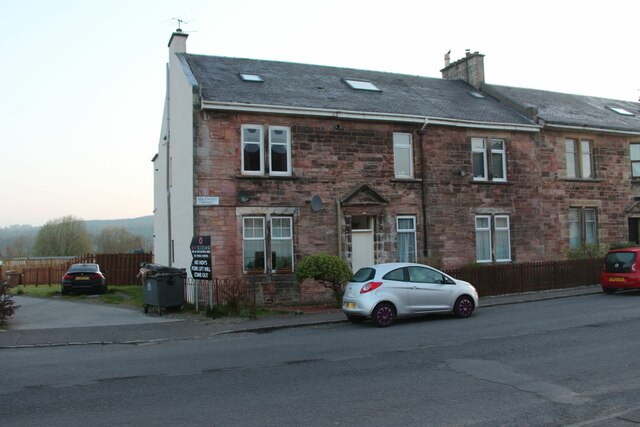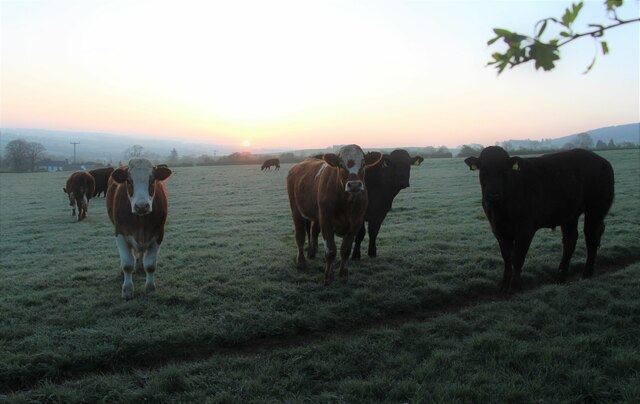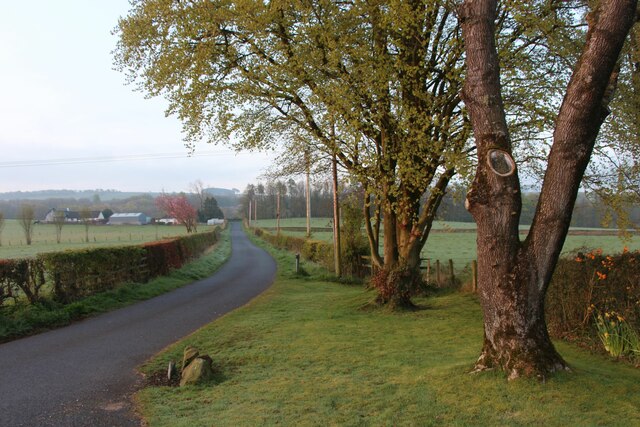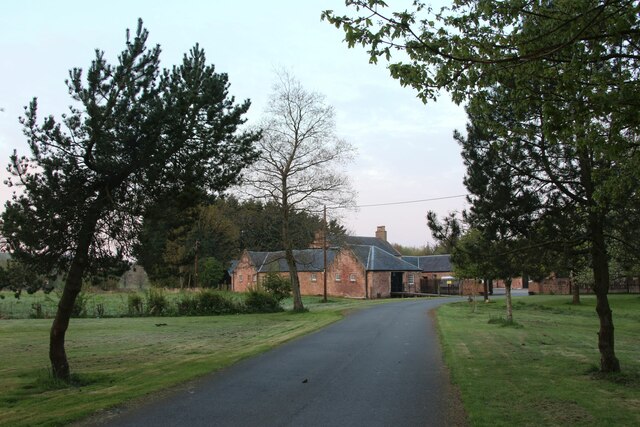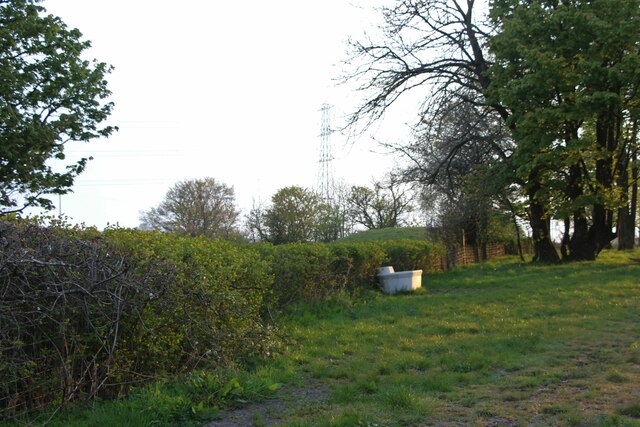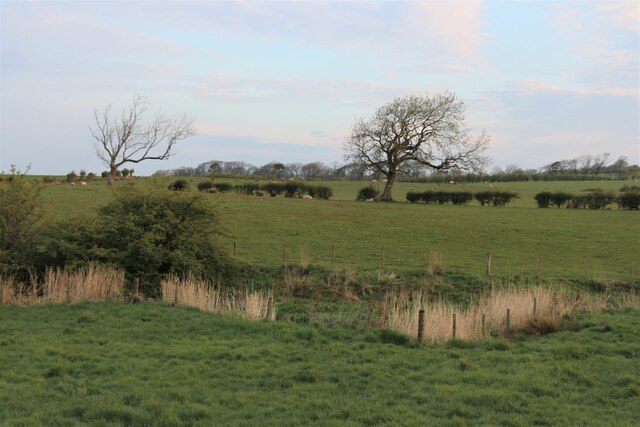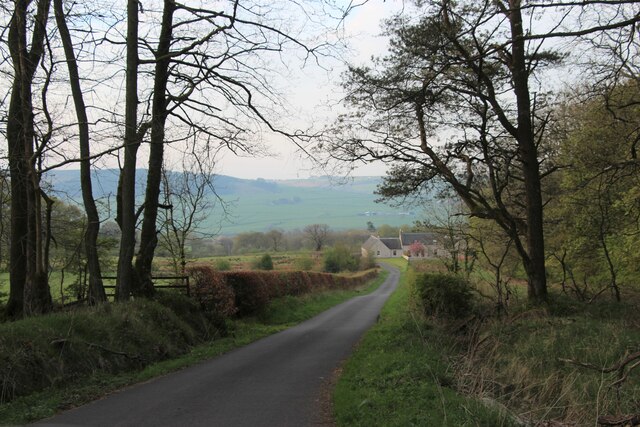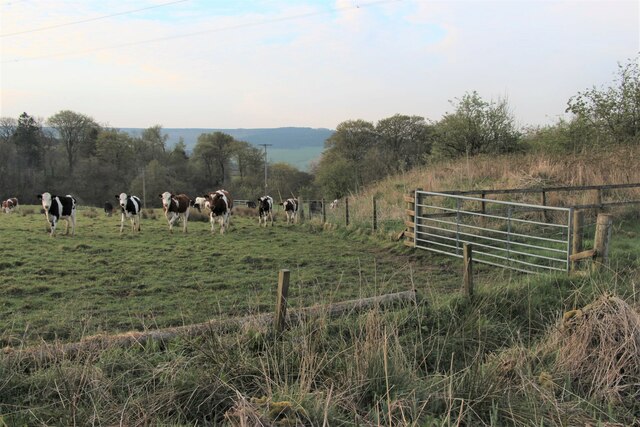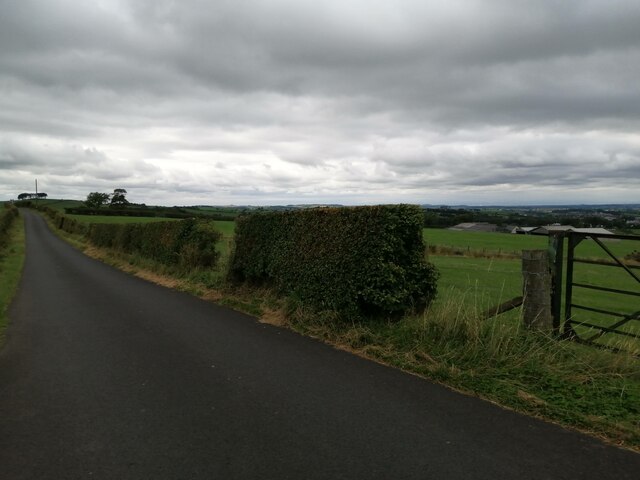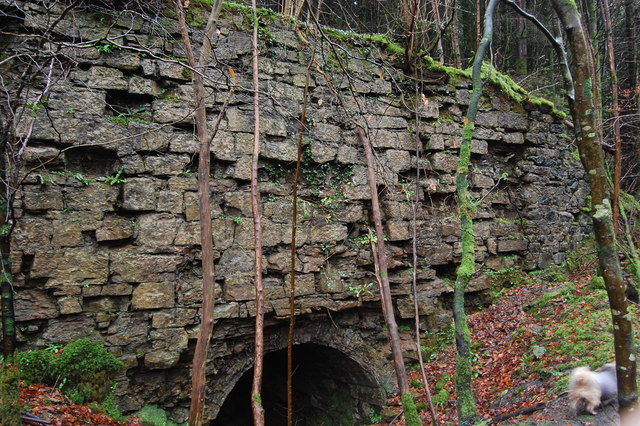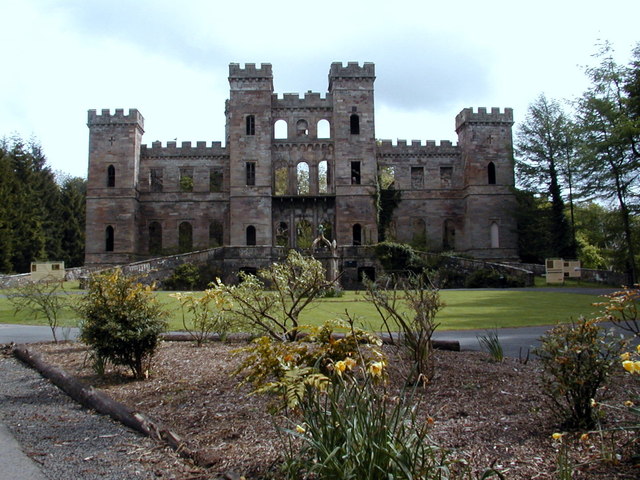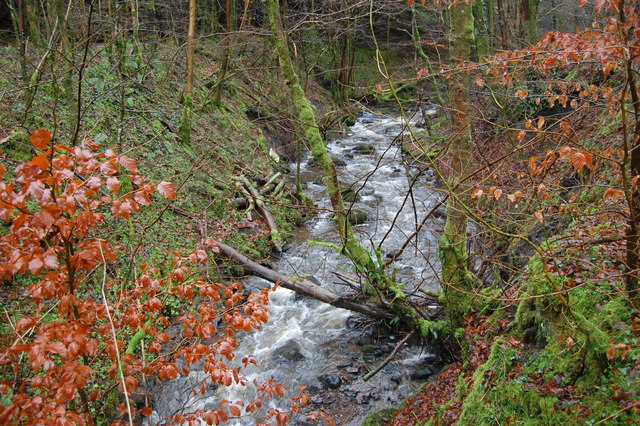Big Wood
Wood, Forest in Ayrshire
Scotland
Big Wood
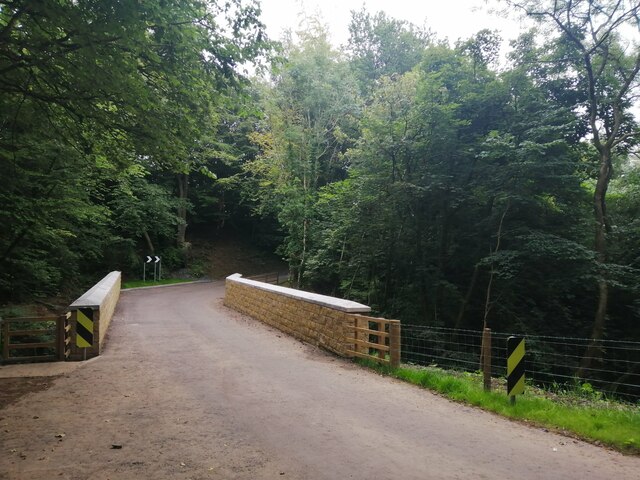
Big Wood, located in Ayrshire, is a dense forest covering a vast area of land. With its rich biodiversity and scenic beauty, it is a popular destination for nature lovers and outdoor enthusiasts. The wood is known for its large variety of tree species, including oak, beech, birch, and pine, which provide a diverse habitat for numerous wildlife species.
The forest is home to an array of wildlife, such as deer, foxes, badgers, and a wide variety of bird species. Birdwatchers often visit Big Wood to spot rare and migratory birds that make the forest their temporary habitat. The tranquil environment and peaceful atmosphere of the wood make it an ideal spot for birdwatching and wildlife photography.
Big Wood offers several walking trails and paths that enable visitors to explore the forest and enjoy its natural beauty. These trails are well-maintained and offer different levels of difficulty, catering to both casual walkers and more experienced hikers. Along the way, visitors can admire the towering trees, vibrant wildflowers, and the soothing sound of the nearby river flowing through the wood.
The forest also boasts a picnic area, providing a perfect spot for families and friends to enjoy a day out in nature. The picnic area is equipped with benches, tables, and barbecue facilities, making it an ideal place for outdoor gatherings and celebrations.
Overall, Big Wood in Ayrshire provides an enchanting escape from the bustle of city life, offering a peaceful haven for nature enthusiasts and a valuable habitat for diverse wildlife species.
If you have any feedback on the listing, please let us know in the comments section below.
Big Wood Images
Images are sourced within 2km of 55.60796/-4.3605649 or Grid Reference NS5137. Thanks to Geograph Open Source API. All images are credited.

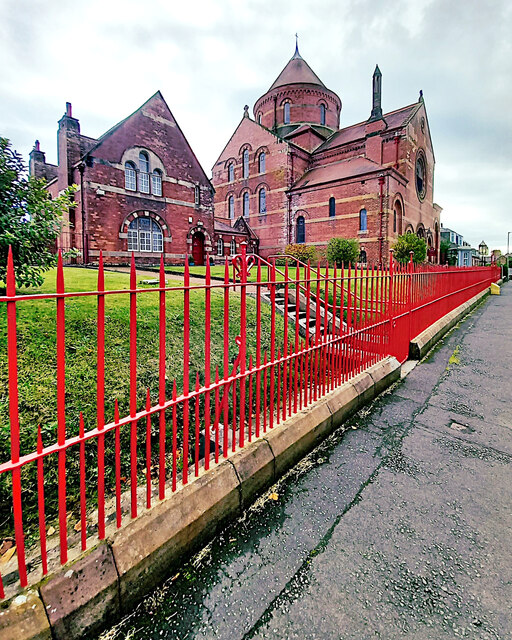

Big Wood is located at Grid Ref: NS5137 (Lat: 55.60796, Lng: -4.3605649)
Unitary Authority: East Ayrshire
Police Authority: Ayrshire
What 3 Words
///roughest.lizard.nitrate. Near Galston, East Ayrshire
Nearby Locations
Related Wikis
Nearby Amenities
Located within 500m of 55.60796,-4.3605649Have you been to Big Wood?
Leave your review of Big Wood below (or comments, questions and feedback).
